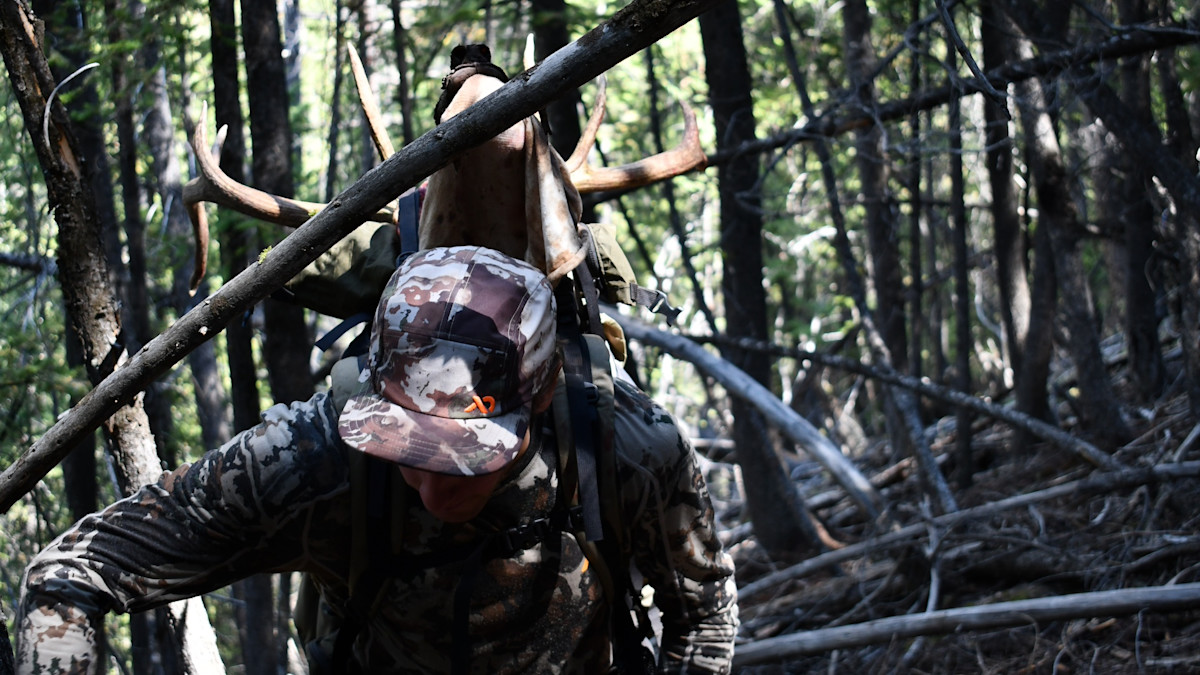
It’s supply and demand. The state’s residents own the game, full stop. States should cater to residents first. These statements pop up in every conversation and on every hunting forum when it comes to the resident/nonresident debate.
The precedent set decades ago in the courts set up the system we have today. It’s one where in many states, the residents hunt the animals that are mostly paid for by the nonresidents. Yet, the nonresidents have almost no say and no power in the situation. This has allowed state game agencies to keep milking the nonresident cash cow, to the great benefit of the residents.
You’d think that would be enough, but it’s not. There’s no shortage of hunters who would end nonresident hunting in a heartbeat or restrict opportunities further than they already have. This is because they can, but eventually, will hunters say they’ve had enough and stop traveling?
It doesn’t seem likely, but it would be a powerful lesson.
You Pay, We Play
In 2020, Wyoming generated $56,363,841 in license revenue. Of that money, 77% (a shade over 43 million) came from people living outside of the Cowboy State’s borders. They also collected Federal Aid from Pittman-Robertson and Dingell Johnson funds, which added another 19.4 million to the dowry.
A quick look at license prices for elk, shows you that residents pay roughly 8% of what nonresidents pay. That doesn’t take into account preference points, which in 2020 generated $12.1 million. Of that, $ 12 million (99%) came from nonresidents. Many of whom have no idea that the moose or sheep points they buy today are merely a donation to the coffers because they aren’t likely to live long enough to draw a tag.
Wyoming knows what it has hunting opportunity-wise, and it’s willing to wring every dollar it can out of people who can’t vote on state policies. This is a good thing, at least if you ask the people who benefit most from it. And it’s not limited to western critters.
Iowa, the dream destination for most whitetail hunters, has figured out the program as well. Located in the sweet spot of the Midwest, where predator numbers are low, deer-killing winters are almost unheard of, and the soil is fertile. Iowa produces lots of deer and plenty of big bucks.
They’ve also adopted a preference point system, have raised license prices pretty significantly for nonresidents in the last 15 years, and are seeing no shortage of demand. In 2022, residents paid $33 for a general deer license and anywhere from $28.50 to $15 for antlerless licenses.
Nonresidents who wish to hunt Iowa, need to pony up $644 to cover the cost of a hunting license, a general deer tag, the antlerless tag you’re forced to buy, and a habitat fee. And keep in mind, you’ll be in it for anywhere from one to six preference points at $60ish a pop before you can draw.
Will It End?
Not all states are taking nonresidents to the cleaners. The better the hunting and the more rare the species to be hunted, the more likely it is that a state will view the nonresidents as the golden goose.
In states with less variety of game (which is usually coupled with an abundance of whitetail), the residents will still pay less than nonresidents. But the discrepancy is usually about three to six times the resident rate.
Huge price differences aren’t everywhere, but they are prevalent. While it’s easy to view this as a good thing if you are a homebody, the end result of raising nonresident prices and further limiting tags might not work in the resident’s favor, either. It’s not hard to envision the blue-collar, lower-to-middle-class hunter bowing out when elk licenses cost well over a grand and deer licenses are north of $500.
There will be people left for many years who will keep paying those higher prices, and they will. They are also the kind of people who might not scoff at dropping good money on a lease. Or to pay an outfitter, who might lay claim to a sweet camping spot all season on public land in your favorite elk drainage.
The higher the cost of admission, the wealthier the participants will be. That’s how free markets work, sort of. But it also comes with the reality that you might get priced right out of something you’ve taken for granted simply because the system will continue to favor the well-heeled.
In other words, we might be inevitably marching to our own version of the King’s deer. While it might seem like a big win to lobby for higher and higher prices for nonresidents because, in theory, it’ll keep some folks from hunting your game, it’ll inevitably favor folks who can (and will) pay for opportunities many resident hunters can’t.
For now, it’ll be business as usual because demand isn’t slowing down. But if it does, and we price out enough folks, the end result might not be so great for the general hunting population. If that happens, the money is going to be generated by fewer folks. The system set up to favor residents in so many states might start eating the very people for whom the state is supposed to manage the game.
And it’ll be nobody’s fault but our own.
For more information on nonresident hunting, give these articles a read: How To Plan An Out-Of-State Hunt, Western Tag Draws Unfazed By Hunting’s National Decline, and The Best States For Your First Antelope Hunt.





Conversation